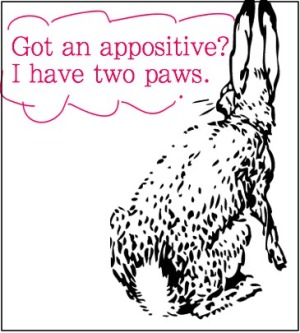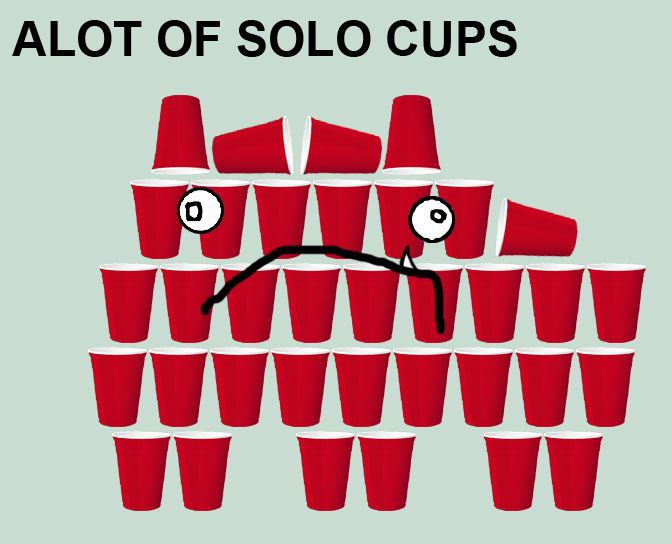Week 8: coffee cup pattern+paragraph complexity+transitions
Paragraph guidance: Here are the MS Word two handouts (posted earlier but we did not disucss) that we use to think about paragraph elements.
Paragraph Definition: think Architectures
Paragraph Types (samples from the field, clipped, complete with some errors. Be careful about what you post on the web.)
 One of Aristotle's canons for writing is ARRANGEMENT. The order and "chunking" of information matters very much for reader cognition and receptivity to what you write.
One of Aristotle's canons for writing is ARRANGEMENT. The order and "chunking" of information matters very much for reader cognition and receptivity to what you write.
Now, how we use sources for this memo really matter: Review reading strategy resources, with a focus on description and analysis.
NEW:! Be aware of the difference between description work in writing and analysis work in writing (practice this in your reading, in all your classes).
Description/Analysis examples (in Google doc, with links. Please read links, too)
My one-page adaptation (Google doc) of KE's reading strategies guide.
Check out Raul Pachego Vega’s excellent blog/website, with this set of resources for undergraduate students
Let's loop back to last week and pick up the pale green flow chart and look at the paragraph exhibit of going from meh to better, to better.
Writing techniques in this memo: Paragraphs! Paragraph transitions. We will take up a new idea for use in sentences, with emphasis on "empty subjects." Let's also look at brief document on transitions, taken from a real-world setting. We will be looking at tight transitions and loose transitions.
Document genre is the memo. However, this NEW memo content is more complex and wide-ranging. Transitions are a way to thread the cognition for our busy readers. Your first memo focused on the definition stasis, with a evaluation move at the end. Here the concept was more narrow and very concrete. We will look at abstract concepts, where the science is unclear and yet we must make a decision.
Stasis two: definition! Definitions/descriptions are pivot paragraphs that set the reader up with necessary knowledge before diving more deeply into complexity. Elements of this analysis that need definition/description work include:
- basic problem description of two cups (perhaps three, if you want to include re-usable ones)
- chains of disposal
- landfilling or incineration
- recycling
- limits or leakage of these "grave" points on->
- life cycle analysis aka cradle-to-grave approach (a decision criteria for your work)
- brief reminder (plus punt/referral link) about the frames of
- climate change+energy efficiency
- ocean plastic and emerging food chain, ecosystem, human health problem
Some of these items require a small, targeted paragraph: problem description+chains of disposal (see the "meh" paragraph work), life cycle analysis, frames.
Reposting information presented earlier (looping based on previewing -- a cognitive support for readers facing complexity):
- Celery-green flow chart of problem-solution memo (Aristotle would say "strategic arrangement)
- Return to Monday, Week 7, to see
- free sentences you can use (try to match them to a paragraph topic sentence or transition sentence location
- the "meh" to better paragraph exhibit (also one you can use!).
Mb did the invention (research for you) on sources. Reposting from earlier:
- Martin Hocking, research chemist at University of Victoria, BC, Canada. By Research Gate, you can see many of his articles over an incredibly long academic career. Here are the two foundational articles he published that compare the embodied energy of Styrofoam and paper hot beverage cups
- 1991 research results article (read abstract, as you likely will hit a paywall Springer.
- 1994 follow-up research letters (ditto above on pay wall but at Jstor, you get preview and not an abstract)
- Charles Moore, marine biologist and oceans advocate, discovered these patches and began this line of inquiry:
- Algalita Foundation
- His list of publications here (Moore is typically not listed in Research Gate as he left academia to focus on ocean plastic).
Today is Friday. I am available online today between 9-9:50, 10-10:50 and 11-11:50. Here is your GoogleMeet code (same for all Fridays this semester).
Read and think this weekend and prewrite for your coffee cup short recommendation report.
Handful of language conventions:
1) That-which: which takes a comma; that does not! See this handout on choosing which and that.
2) What is an appositive?
What is an appositive? A bit of information you insert in between the subject and the verb. You need commas or other sorts of punctuation to set this off. This image of bunny paws can help you remember to do this:

3) Alot v. A lot: Grammar moment: the abomination of alot. alot is not a word. Let's see what this blogger says about remembering to use a lot and not alot(click into image to access her website).![]()
Now, to this bit of charm from N.N. Ta DAH!
4) punctuation with quote marks (nice summary here at Grammar Monster)
5) colon and semi colon use (start here with The Oatmeal's take)

Reader Comments